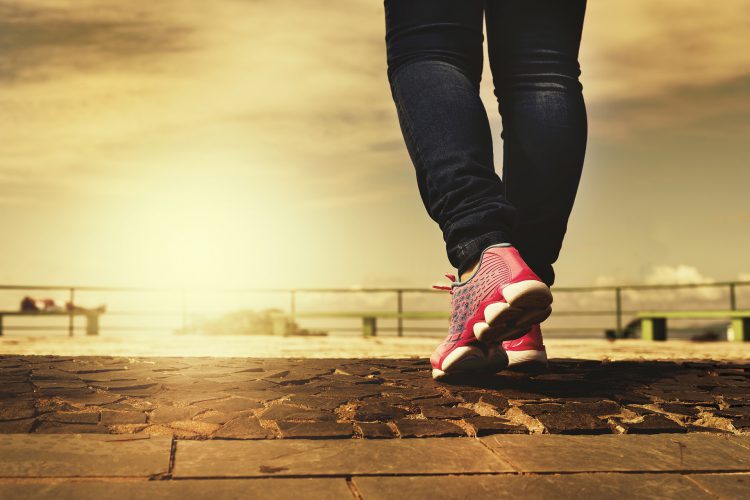„These are just sattlebags“, „You just are just eating too much, that’s why your legs are so fat“, „Do some sports“
…Standard phrases that every lipedema patient just knows to well. But it is actually pretty easy to distinguish a lipedema from obesity – or have you ever heard that normal healthy fat causes so incredible pain? – no? – Great, then we both agree that lipedema is a disease and not an excuse! In the following I would like to explain the it to you more detailed:
What is Lipedema?
Lipedema is a very painful fat distribution, in which the cells of the subcutaneous fatty tissue change pathologically and enlarge symmetrically, which means they grow equally on both sides of the body. Typically, Lipedema begins at the legs, after that the arms are affected. While healthy fat cells normally react to diet and exercise (which means that the fat cells increase in size if you eat too much and they decrease when you eat less) Lipedema fat cells unfortunately don`t react to to a diet or exercise.And even worse: Due to the pathological change in the cells, there is a steady increase in them, as if they were almost out of control.
This makes the disease an incredible physical as well as emotional burden, as it is inexorably progressing, and therefore urgently requires therapeutic measures.
The constant progression of the disease also favors secondary diseases such as joint damage or lymphedema, so it is important to recognize the disease as early as possible.
When does Lipedema usually beginn?
Lipedema often breaks out in times of hormonal changes. For example, during or after puberty, during menopause or due to pregnancy. It can also develop from a so-called lipohypertrophy. Who is affected?Unlike lymphedema, only women are affected by lipedema, and even every 10th. There are a few exceptional cases involving men as well. It is believed that they might have a too high estrogen value.
Symptoms of lipedema
- Fat increase on legs and arms
- Disproportionbetween the upper body and the lower half of the body
- Tension with touch and tenderness
- Increased formation of hematomas
- dull, oppressive and severe pain in the affected parts of the body (similar to body aches / growing pains)
- Lipedeme ends at the ankles or wrists, the hands and feet are slim
- (if additional lymphedema is present, also the toes and fingers swell)
- With lipedema, Stemmer’s sign is negative
- Joint problems, due to increased tissue
Stages of lipedema
The severity of the disease is classified by the following staging:
• Stage I: skin surface smooth, subcutaneous thickened, fatty structure like little knots
• Stage II: Skin surface uneven, fatty structure like bigger knots
• Stage III: tissue additionally coarse and harder, large lobe deforming fatty lobes.
Diagnosis:
The diagnosis of Lipedema takes place by the so-called phlebologist. He diagnoses the patients by assessing the affected areas, by interviewing the patient also as via ultrasound.
A detailed information and explanation video on the disease lipedema, as well as the documentation of my surgeries can also be found on my YouTube channel Myra Snöflinga: https://youtu.be/4kVQ6xR9Zy0I hope my experiences might help you on your way, I’m looking forward to your feedback, suggestion or criticism!
More posts as well as before and after fotos of me on my blog or also on Instagram: @myra_snofinga

